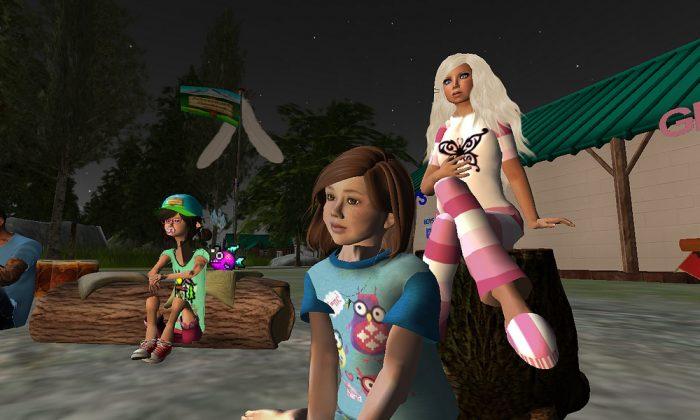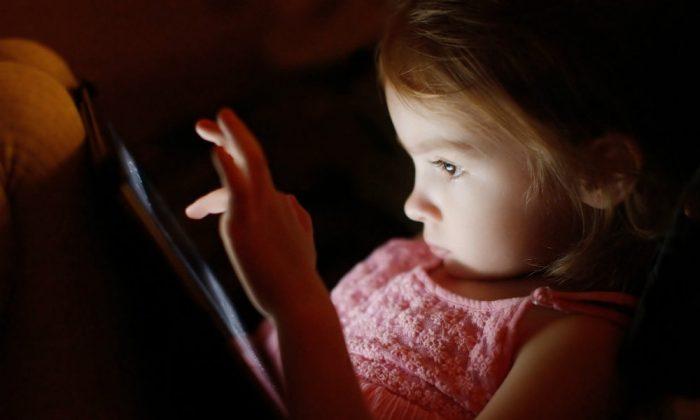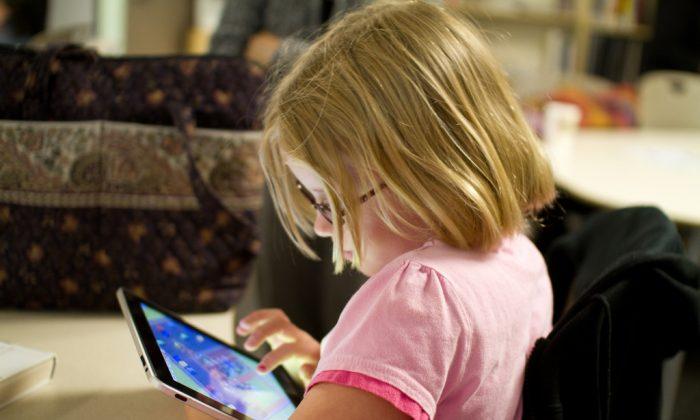Children’s entertainment is in a mess. This is in no small part due to recent revelations about just what was happening when the stars of earlier generations were producing content.
The high-profile cases of Rolf Harris and Jimmy Savile have troubled the childhood memories of a generation brought up with Jim'll Fix It and Rolf’s Cartoon Club. Great swathes of content has been disrupted in our collective memory catalogue. But aside from the obvious horror of the crimes committed by these two entertainers, the fallout will prompt us to rethink children’s entertainment in the future.
It is a sad reality that several children’s classics are now tarnished by undertones of recreational drug use and sexual innuendo. We have been reminded more sharply than ever of the inter-generational gap between the people who make children’s entertainment and the people that actually consume it.
Children’s entertainment needs to be reinvented not only to avoid the sexism, racism or inappropriateness of the past, but also to reflect the needs and everyday experiences of a digital generation. That implies an acknowledgement of several skills – and attitudinal generation gaps.
It is well-established that there is an ongoing and self-perpetuating gulf between the digital skills of youngsters and those of their parents and grandparents. There seem to be more and more remarkably technologically agile and digitally savvy young children and many adults feel they are unable to keep pace with the rapidity of technological development.
Generation Z is nothing like the passive consumers of the past, they are streamlining their own music and films and creating their own entertainment content.
With new ways for ensuring transparency and accountability, such as social media, younger people are more vocal about political and social issues and are far less likely to allow a celebrity’s status to place them above the law. They are inter-connected, world-travelled and through observed or lived diverse experiences, also more open-minded than their parents.
These are key characteristics of effective business people. Not surprisingly, the Zs are an entrepreneurial generation. They make and sell their products which is often highly-selected and sought-after produce. They know how to monetise everyday experiences through social media and through the active consumption, are very savvy about market trends.
In this sense, the generational gap between digital natives and digital immigrants is not just about technology but also different world views and experiences. To connect these, we need to build a cross-generational bridge as we walk it.
This implies that a 21st-century children’s programme needs to be receptive and responsive to an entertainment model that is evolving right along with Generaion X, Y and Z. Such a model takes a participatory stance to content production and innovative, cross-platform forms of entertainment. It is social and personalisable, provides selective and interactive content and comes with a clear moral purpose.
In other words, when reinventing children’s entertainment models, we need to bring together the current reality of the digital generation and and the experiences and collective knowledge of their older siblings, parents and grandparents. We all have valuable experience and knowledge to bring to the table. Cases like those of Harris and Savile should not create paralysis but rather renewed energy to make things better.
Natalia Kucirkova receives funding as a KTP Associate. She is affiliated with The Open University and Booktrust. This article was originally published on The Conversation. Read the original article.



Friends Read Free